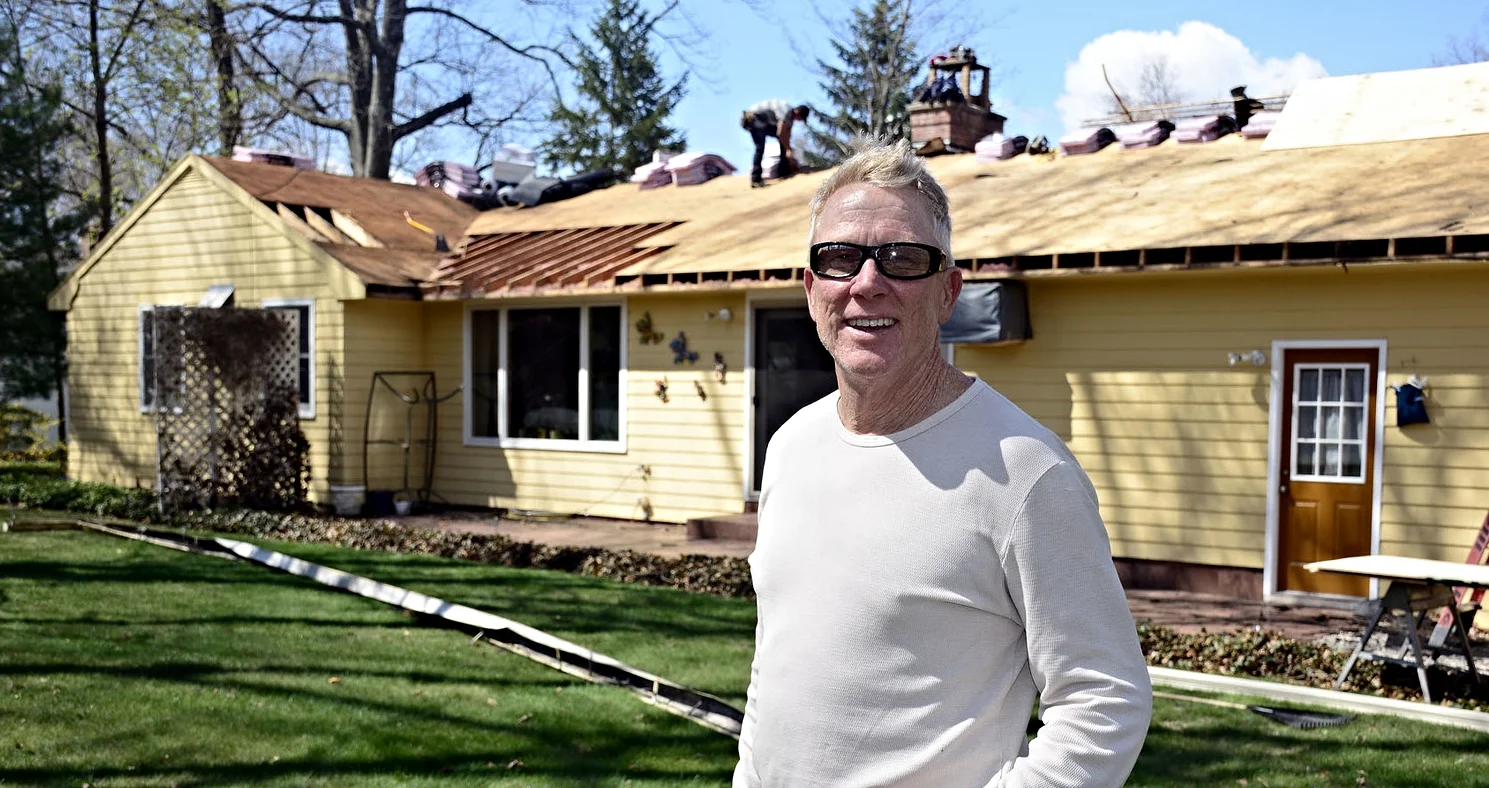What To Think About With Mulch
Chelsea O'Donnell
If you’ve been holding off on spreading mulch in your yard, you made the right decision. While it’s tempting to build a solid landscaping foundation early in the season, this week’s pollen dump made it tough to do the job. Luckily, most of the early blooms have now fallen which makes it the perfect time to start tidying up.
Mulch might seem like an aesthetic gardening step, but it actually has a lot of benefits. Most homeowners use mulch to cover bare soil in flower beds, around trees, and in any grassless areas that are susceptible to weeds. Mulch acts as a protectant; it keeps the soil warm and moist while keeping unwanted growth at bay. Most mulch options are made from organic materials such as wood and bark, so natural nutrients are absorbed into the ground. Plus, mulch really makes a yard look neat and well-looked after. So if you’re sold on the benefits, let’s talk about the options because all are not created equal.
Wood
The most popular mulch is chipped wood or shredded bark which you can get from a landscaping store, lumberyard, or even for free if your town has public compost. Wood mulch is highly customizable both in color and size. Bigger chips give the ground more breathing room but they move around a bit more, while shredded materials stay put slightly better. In terms of color, you can always go natural or choose red, brown, or black mulch to match your home aesthetic. Mulch is colored using a vegetable dye which might temporarily stain any paths, walkways, or your hands. Don’t worry, it’s nothing a good 20-second scrub or a rainstorm won’t take care of.
Stone
If the area that you’re mulching is on a slope, I recommend going with pea gravel instead of wood mulch. Pea gravel is heavier and will stay put in high drainage areas much better than wood. There is such a thing as too much moisture and if an area tends to be wet, wood mulch can get moldy. Stone will allow the water to pass through easier without retaining excess moisture.
Straw
If you want to protect a newly seeded area of your lawn, straw is a great option. Not to be confused with hay which can germinate and produce weeds, straw will help grass seed from washing away and it deters birds and mice from a feast. It also naturally decomposes so there is no clean-up, but remember, this option is only for temporary use.
Regardless of what you use, I always recommend weeding your beds and staking landscaper’s fabric around existing trees and shrubs before you mulch. This is the best defense against weeds and it lasts for years so you don’t have to worry about doing it every spring. Whatever you do, don’t use plastic unless you don’t want anything at all to grow. Unlike fabric, plastic will cut off any oxygen to the area, effectively making it a dead zone for all plants, shrubs, and trees. Also, don’t be shy while you’re spreading. Weeds are strong and won’t be deterred by a thin layer. Go for a base of four or so inches to keep them from popping through.
Bob O’Donnell is the owner of O’Donnell Bros. Inc., a Bristol-based home improvement company established in 1975. Email your questions to info@odonnellbros.com with the subject line “Ask the Pro.” All questions may be considered for publication. To contact Bob for your remodeling needs, call O’Donnell Bros. Inc. at (860) 589-5155 or visit http://www.odonnellbros.com. Advice is for guidance only.

